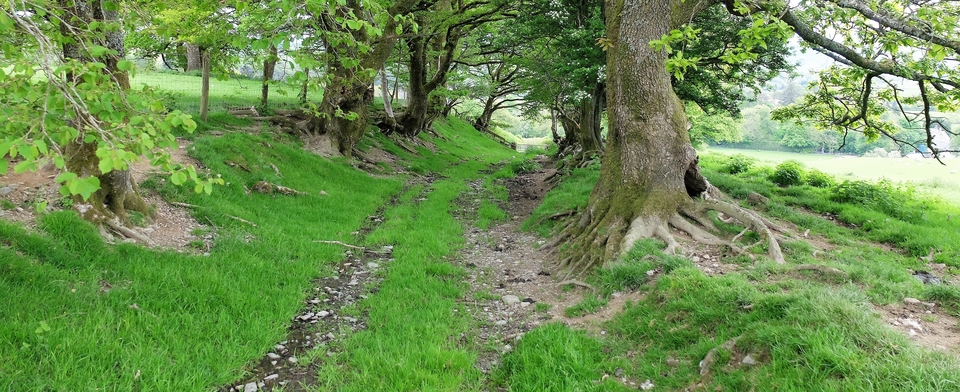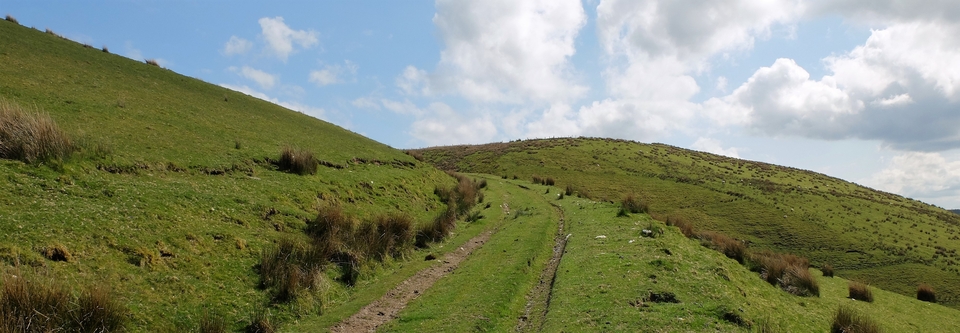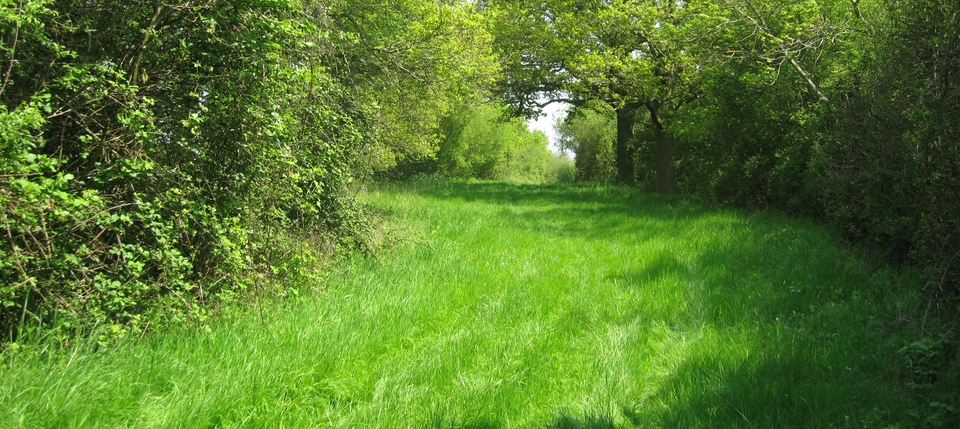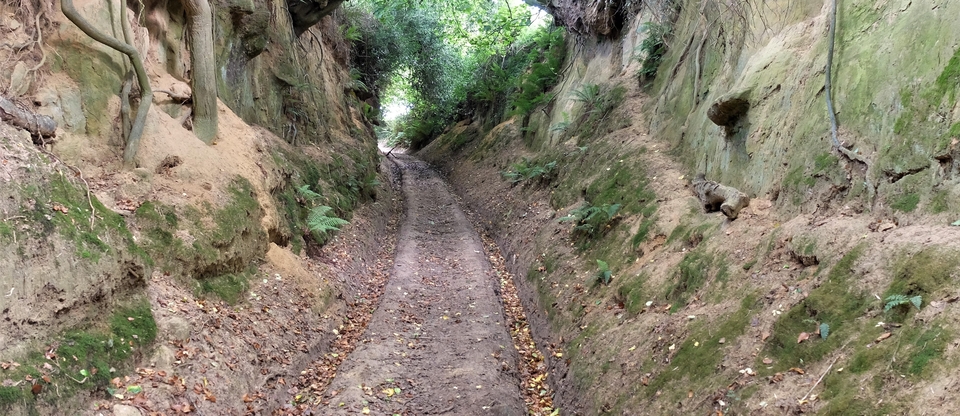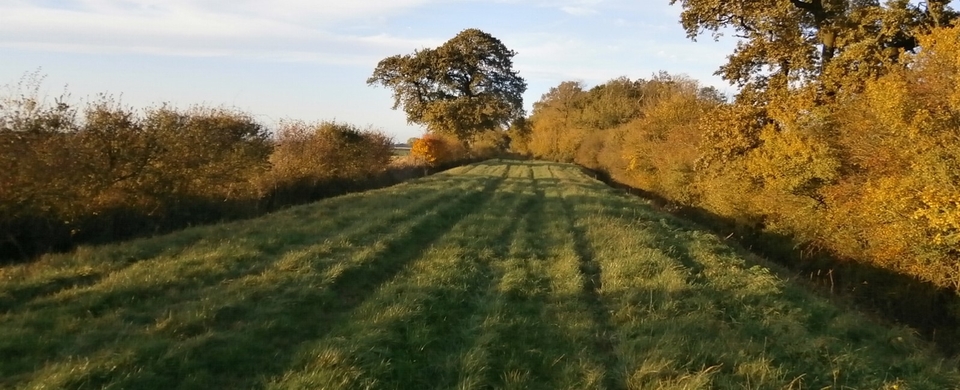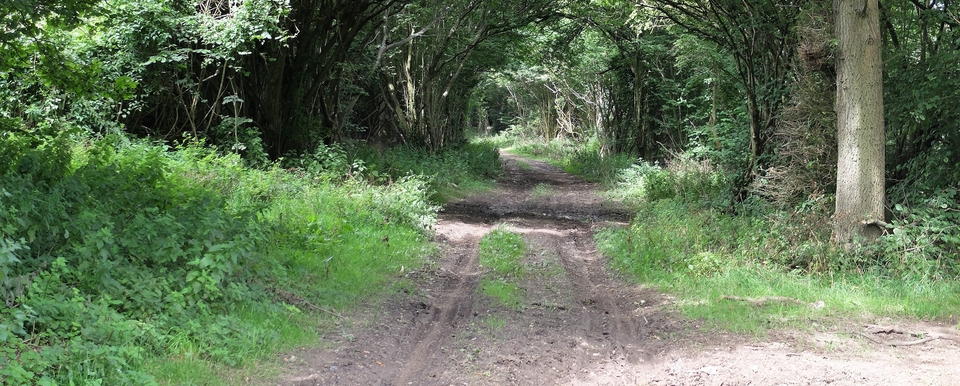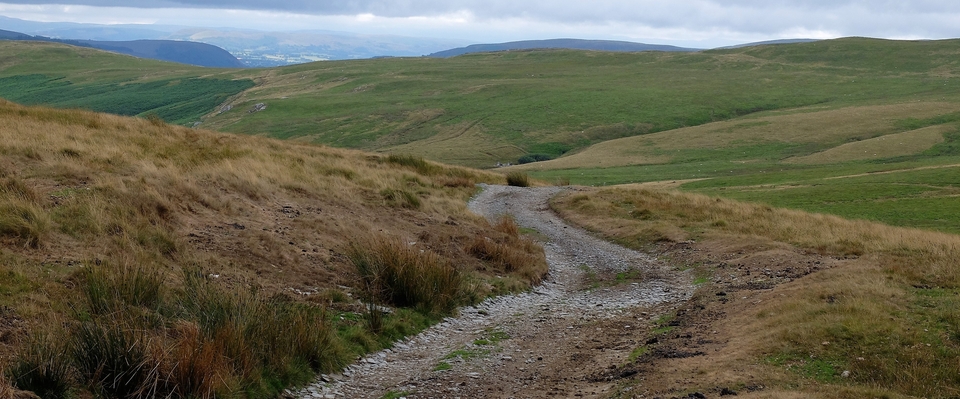Drover to the King
The Drove of John the Barber, 1323
Taken from FM Stenton, ‘The Road System of Medieval England', Econ. Hist Rev., vii, no.1, 1936
(This diary survives because the drover was a valet in the court of Edward ll.)
Start: JB started with: 19 cows + 1 bull (+ 2 boys @ 3d p.d.); 313 ewes, (a master shepherd + 2 boys @ 3d); 272 lambs and 1 bell-wether* (+ 2 boys)
Route: Long Sutton to Tadcaster,
Purpose: stocking various royal manors
Length of drove: 12 days
Itinerary:
- Days 1-2: Long Sutton to Spalding (12 miles) – 2 days!
- Day 3: Spalding to Kirton in Holland (12) – 1 day
- Days 4-5: Kirton to Bolingbroke (18) – 2 days. 12 extra boys hired to chase animals through Boston
(At Bolingbroke, took on 160 ewes, 6 rams, 118 hogasters**, 127 lambs + 2nd master shepherd, + 3 new boys)
- Day 6: Bolingbroke to Horncastle (8)
- Day 7: Horncastle to Waithe. At Waithe, took on 12 cows, 1 bull (+ boy), 127 ewes, 107 hogasters, 93 lambs + 1 master shepherd & 2 boys. So far, 1 week to cover 56 miles.
- Day 8 Thence “Old Drovers' Road” for 6 miles to Barlings, east of Lincoln
- Day 9 17 miles to Littleborough, including ferry passage across Trent
- Day 10 Littleborough to Bawtry (13 miles) and on to Doncaster (9 miles) where 8 boys were hired to get animals through the town.
- Day 11 15 miles to Ferrybridge [E. of Castleford]
- Day 12 14 miles to Tadcaster
Destination: All stock, except 474 ewes, delivered to William Langley, Clerk of the Chamber.
Finally: 9 days' rest for JB, who then retraced his steps via Sherburn in Elmet, Knottingley & Cowick [now divided into E & W Cowick, W of Goole] where he got rid of the ewes and went home ‘at a normal pace'.
Notes by BS :My notes were taken in 2009. As soon as I got home I marked the itinerary on an old road atlas. Waithe was the problem (see day 7) because it's miles out of his way, just south of Cleethorpes. It would have meant a journey of 24 miles north. This would make nonsense of Stenton's ‘one week to cover 56 miles'. In order for that to be true, the journey to Waithe from Horncastle would have to be 6 miles.
The journal is fascinating because drovers' annals are rare. Of course, being a servant of the king, JB was required to account for his expenditure with extreme care..
Most interestingly, JB's account gives me a picture of hundreds of journeys, not maybe as long as this one, undertaken by servants of great lords who were moving from one seat to another and wanted their meat to follow them.
The words 'took on...' occur often. Not having read the original Latin Pipe Roll, I don't know whether this means 'added from existing royal herd' or 'bought from market'.
*bell-wether = lead sheep in a flock round whose neck a bell is hung
**hogaster = (I've been told by Edmund Weiner of the OED) a sheep in its second year, or a boar in its third year. ‘Hog' was used to mean a young sheep as well as a pig – possibly a regional variation. Alternatively spelt ‘hoggaster'. So I'll go with ‘sheep because that solves another problem: pigs cannot be driven as far in a day as sheep or cattle. 8 miles is good for a pig, whereas other livestock manage twice that.
